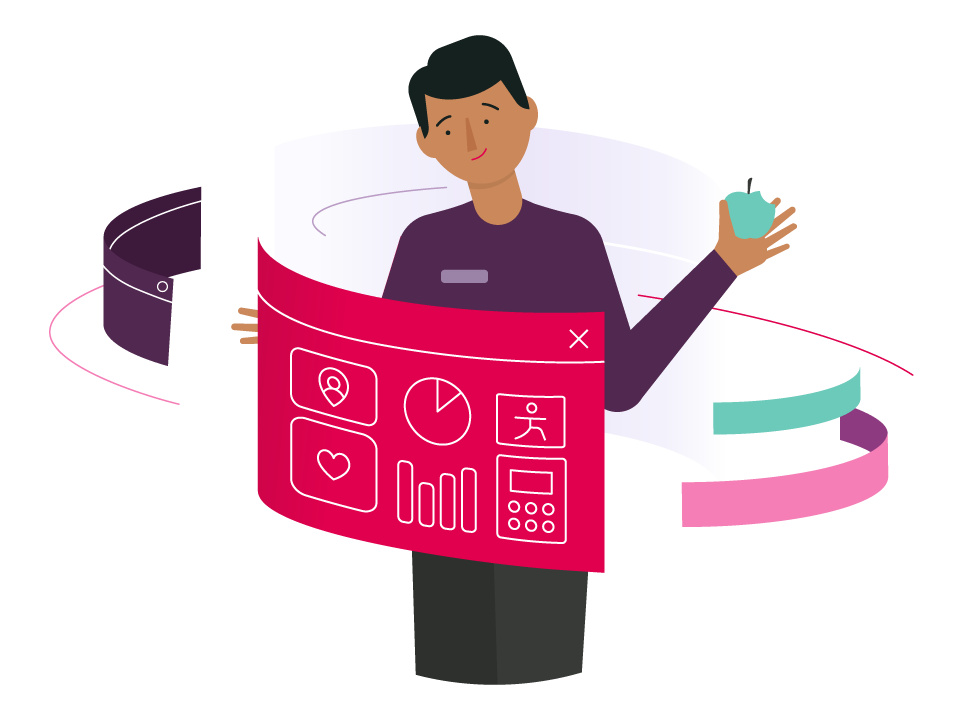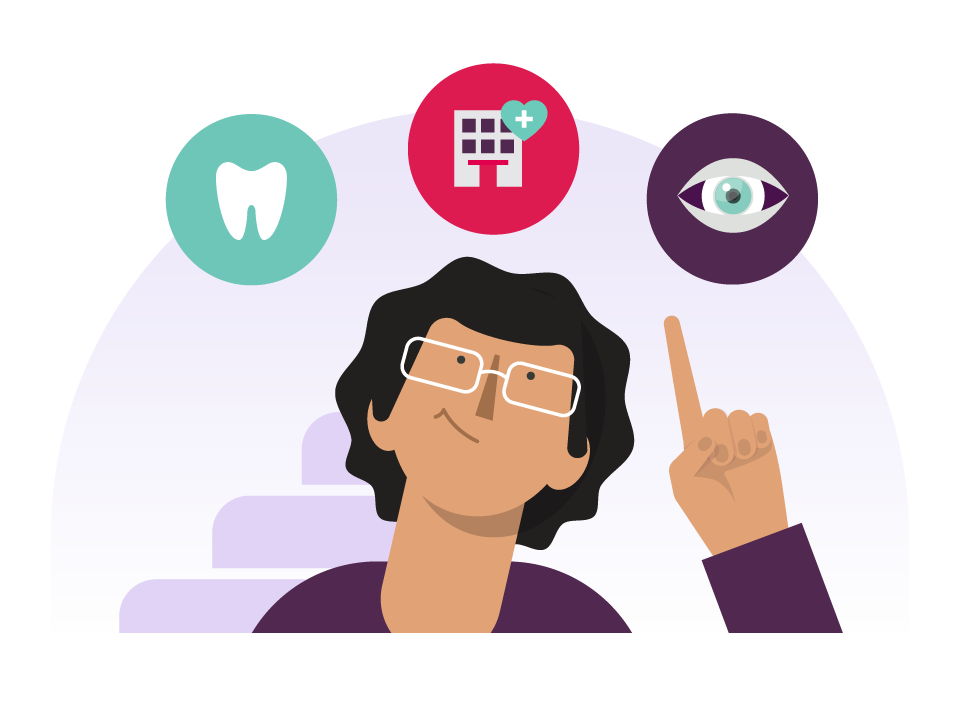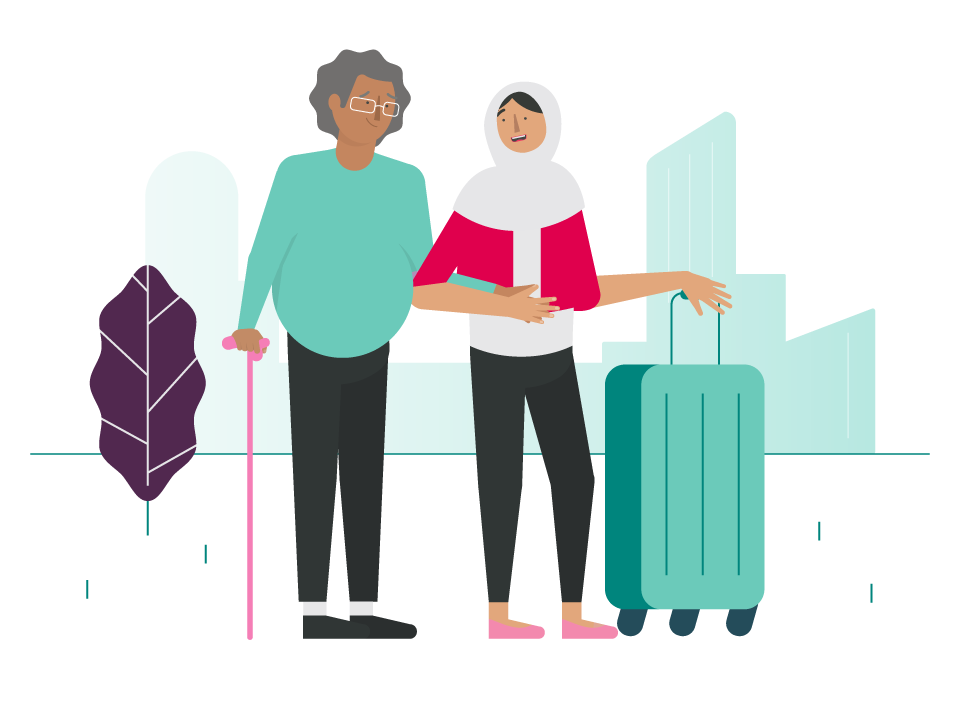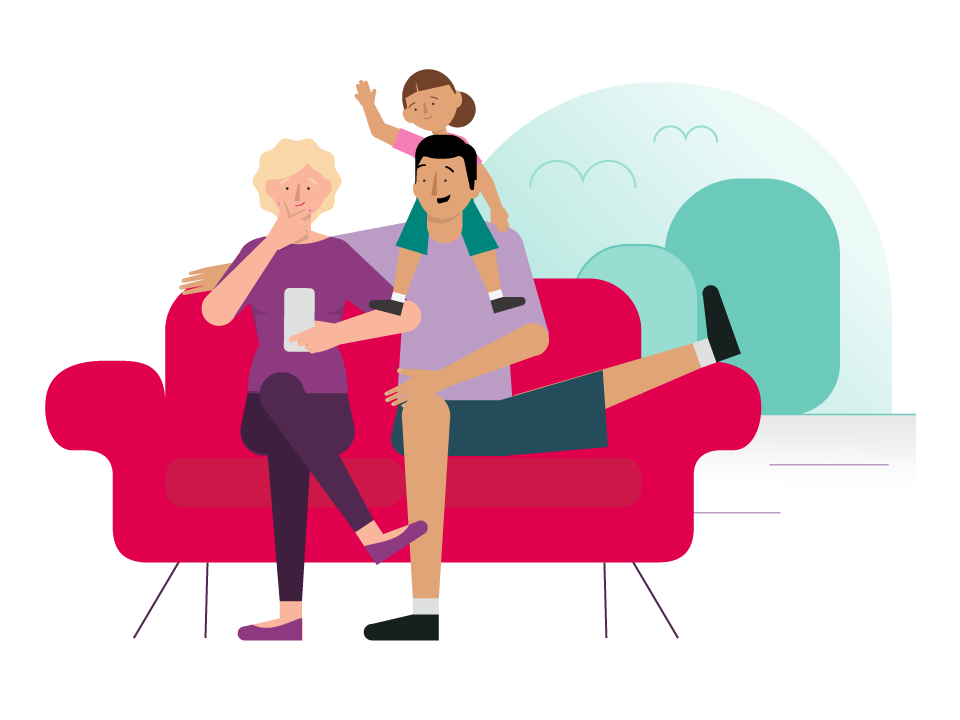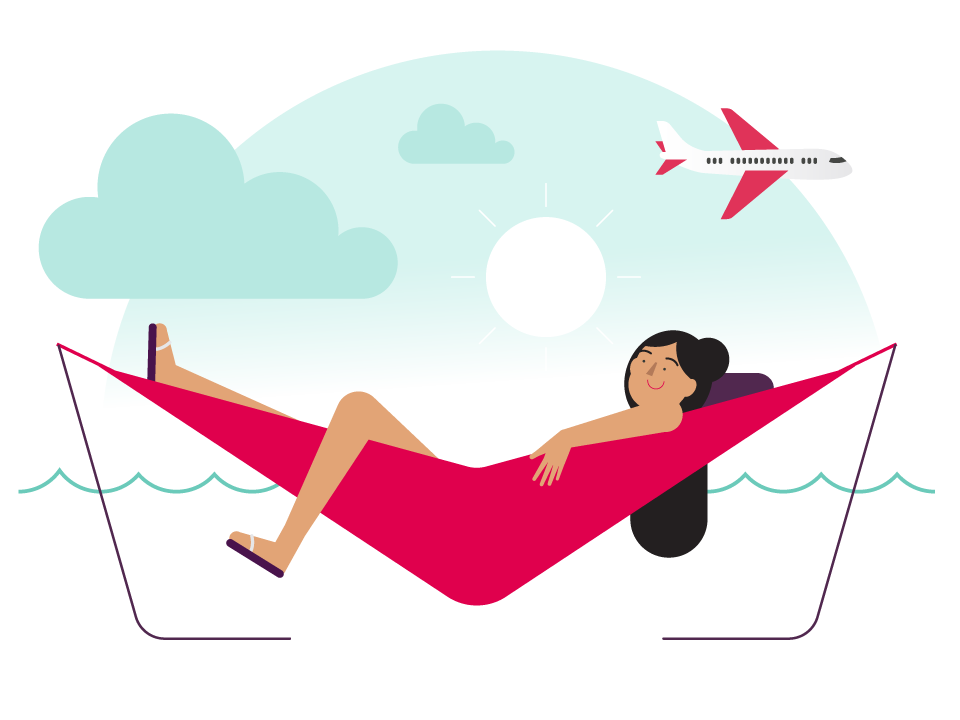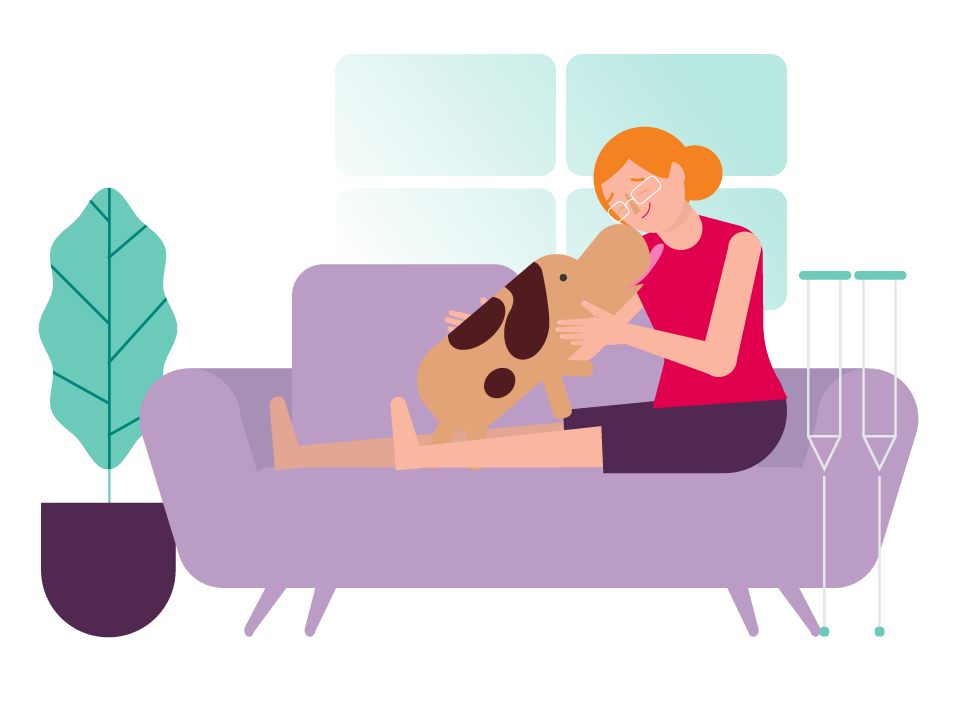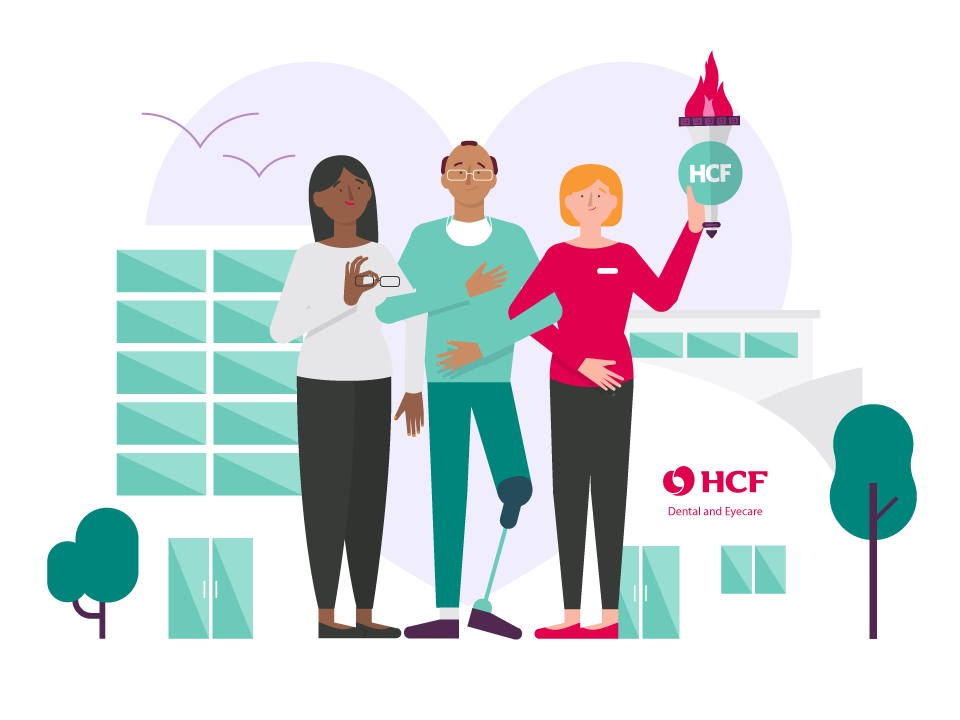After your surgery, a member of the hospital staff will bring you to the recovery room.
Nurses will closely monitor your breathing and vital signs. You may have a mask or small tubes in your nostrils giving you extra oxygen. You may have a urinary catheter. You’ll also have an IV line for delivering analgesics and fluids.
You’ll most likely be fitted with special compression stockings to wear on both legs. You may also be given calf pumps which inflate intermittently. The stockings and calf pumps are designed to help reduce your risk of deep vein thrombosis. You may also be given blood-thinning drugs to further reduce your risk. The nurses may recommend that you take 5–10 deep breaths and hold each one, once every hour.
They may not let you eat for at least 4 hours after general anaesthesia, but this can vary. If you had spinal anaesthesia, you can eat and drink sooner.
Pain is different for each person. Your anaesthetist will prescribe pain medication. If you have a sore throat from the tube used during anaesthesia, you can suck throat lozenges.
Following a keyhole procedure, pain or discomfort is often felt in your shoulder. This is due to the gas inserted into your abdomen during your procedure. Moving and walking helps to decrease the gas and your shoulder pain.
Pros and cons of public hospitals
Understanding your hospital choices will help you decide what's right for you.
